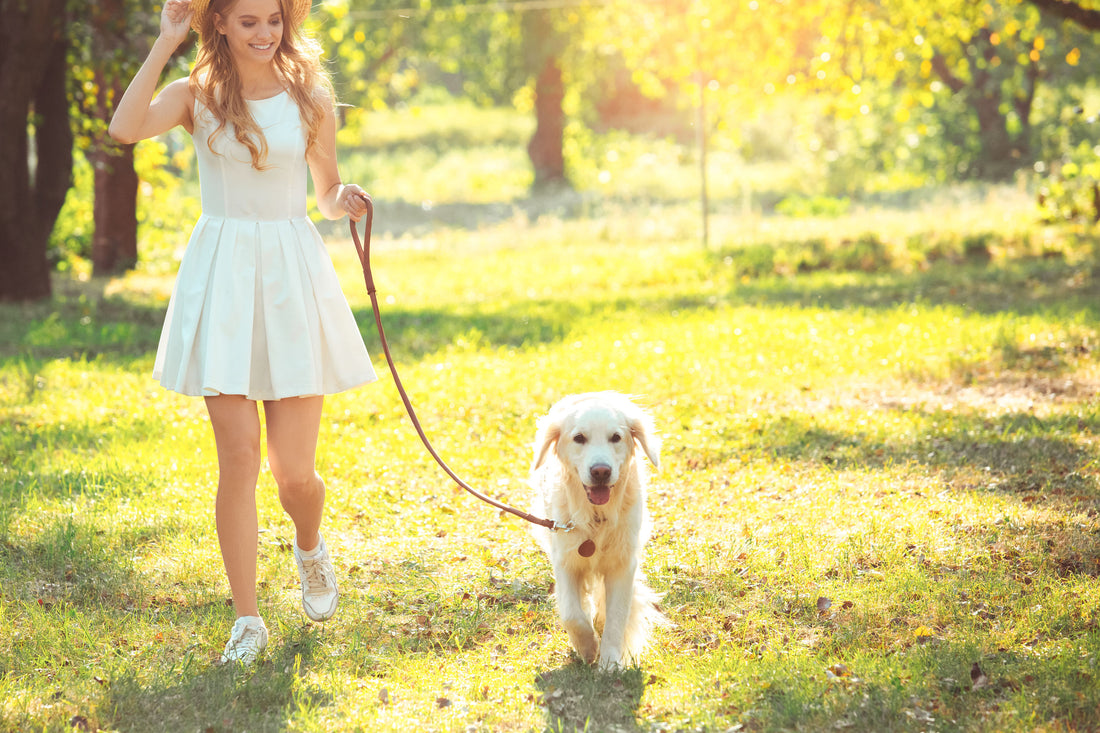
How to leash train a puppy.
Share

The first thing you will need to do is purchase an appropriate leash for your dog. Make sure that it is the right weight according to how much your dog weighs right now. Even if he will eventually be 75 pounds, he will not be able to handle a heavy leash while he is still small. The next thing to choose is a collar for walking. Some people use harnesses that are leaders which attach around his head and snout. Both of these products can help you better control your dog in a humane and safe way. Choker collars are not recommended for any breed of dog, as there is significant danger of hurting the animal. If your dog is small a simple collar and your leash might be plenty. However, you will want to use the same type of device, like a harness or leader, which you will use when he is bigger.

One of the important steps to ensuring that your walk is pleasant is to try to get your dog to do his ‘number two’ business before you leave your home. If he learns that the walk is the time to go to the potty then you will almost always be stuck carrying around a bag of his waste on your walks. He should learn to potty in a specified spot in your yard. Of course, to be on the safe side you should always carry a bag with you for picking up any potential dog droppings.

As your dog gets older you may consider allowing him to walk off leash. Do this with great care, especially when cars are around. Even the most well trained dog is still an animal and as such, is unpredictable. You would not want anything bad to happen to your dog because he was off leash in an unsafe area.
Training Sessions
The training process is time consuming and requires a great deal of patience. Do not expect your first walk to be a long one, distance wise at least. Think of it as a training session that requires lots of stopping and starting to get it right.
- Choose a side that you want your dog to walk on. He should always walk on the side that you choose, either right or left. Keep in mind that this behavior will stay with him so make sure that you are comfortable with the position of the leash and your arms.
- Take a few steps with your dog, when he begins to pull stop and have him sit. Reward him with praise for sitting and then start again. Each time he begins to pull on the leash, repeat the stop and sit pattern. This might mean you only manage to take a few steps before you have to stop and begin again.
- Allow your dog to veer off the path, as long as he does not pull to smell things. He or she will also occasionally mark with their urine, this is normal behavior, allow them to do it as long as it does not become constant.
- When your dog stays with you, at your side and keeping pace reward him with praise and a treat. Remember he wants to please you; he just has to be taught how to do that.
- When you come upon other people or dogs your puppy may experience anxiety, which will cause him to pull or bark. Reassure him with affection that he is ok and that you are there with him. If he gets too excited have him sit and wait for people to pass.
- Children are always especially interested in puppies and it is in your best interest to teach your dog how to interact with them. But, you have to be in control of the situation. If you are comfortable with it you may allow others to pet your dog, but have him sit and behave while they do it.
- You should walk your dog at least twice a day, if not more while he is young. This will help him get used to walking and allow him to burn energy.

Training your dog to walk with you provides both mental and physical stimulation which helps to keep you and your dog happy!
Related Posts
-
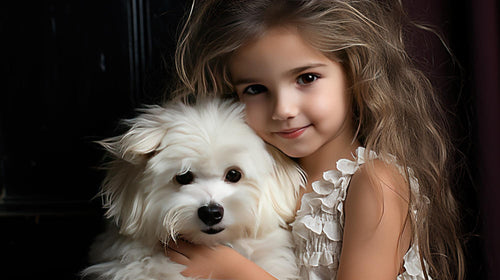
Building Bonds: Teaching Children How To Interact Safely With Dogs
In this guide, we explore the journey of teaching our children good dog ownership and interaction. Emphasizing safety and respect, we highlight the importance of understanding dog body language and debunk common myths to prevent unsafe scenarios. By instilling principles of consent and kindness, we aim to foster compassionate relationships with animals.
From petting techniques to engaging with service animals, the lessons here equip parents to supervise and guide their children's encounters with dogs. We prioritize creating an environment where every interaction, or 'paw-shake,' is positive. Whether considering boarding or a stay at a pet resort, the safety and welfare of both child and dog remain paramount.
-
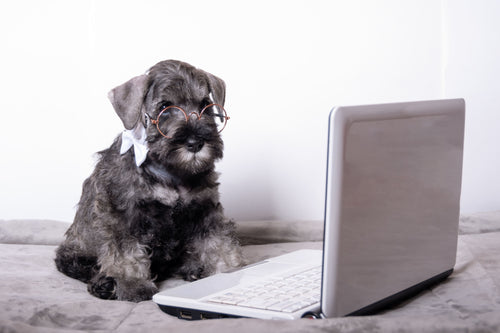
9 Life Lessons from My Four-Legged Friend
Forget classrooms, wag more tails! Our furry friends are our wisest teachers.
Ever heard that the best teachers have four legs and wagging tails? I couldn't agree more! Our canine companions have a special way of imparting wisdom that surpasses even the most learned humans. From their unwavering love to the joy of the present moment, dogs are like seasoned professors in the school of life.
-
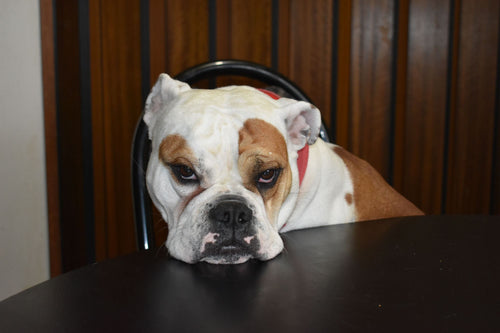
How To Speak Dog: Decoding Your Dog's Body Language For a Stronger Bond
This guide will help you understand your dog's body language and build a stronger bond with them. Dogs use nonverbal cues to express their emotions, desires, and needs. By learning to interpret these cues, you can become a fluent speaker of 'dog' and improve your relationship with your pet.
-
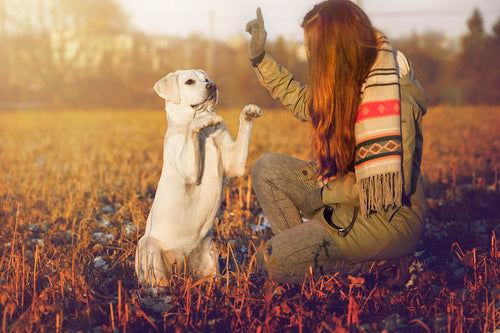
How to Train a Puppy Using Positive Reinforcement
If you're thinking about inviting a new pup into your life, you're probably wondering how you should train your dog so he's well behaved and will listen to your commands. Positive reinforcement is all about encouragement and praise, so the training process is a pleasant one. Most dogs respond extremely well to this method of training and learn quickly.
-
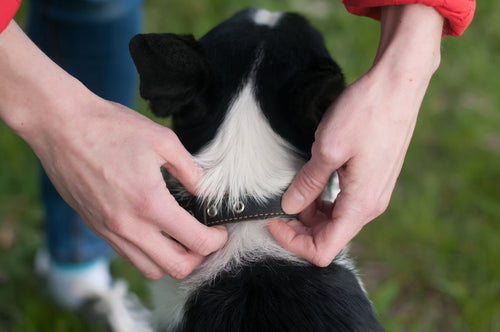
What size collar is right for your doggie? Collar Size Chart for Dogs
Beyond buckle clicks: The ins and outs of comfy dog collars. Slipping on a collar might seem simple, but there's more to it than meets the eye. Learn how to ensure a snug yet comfy fit for your pup!









